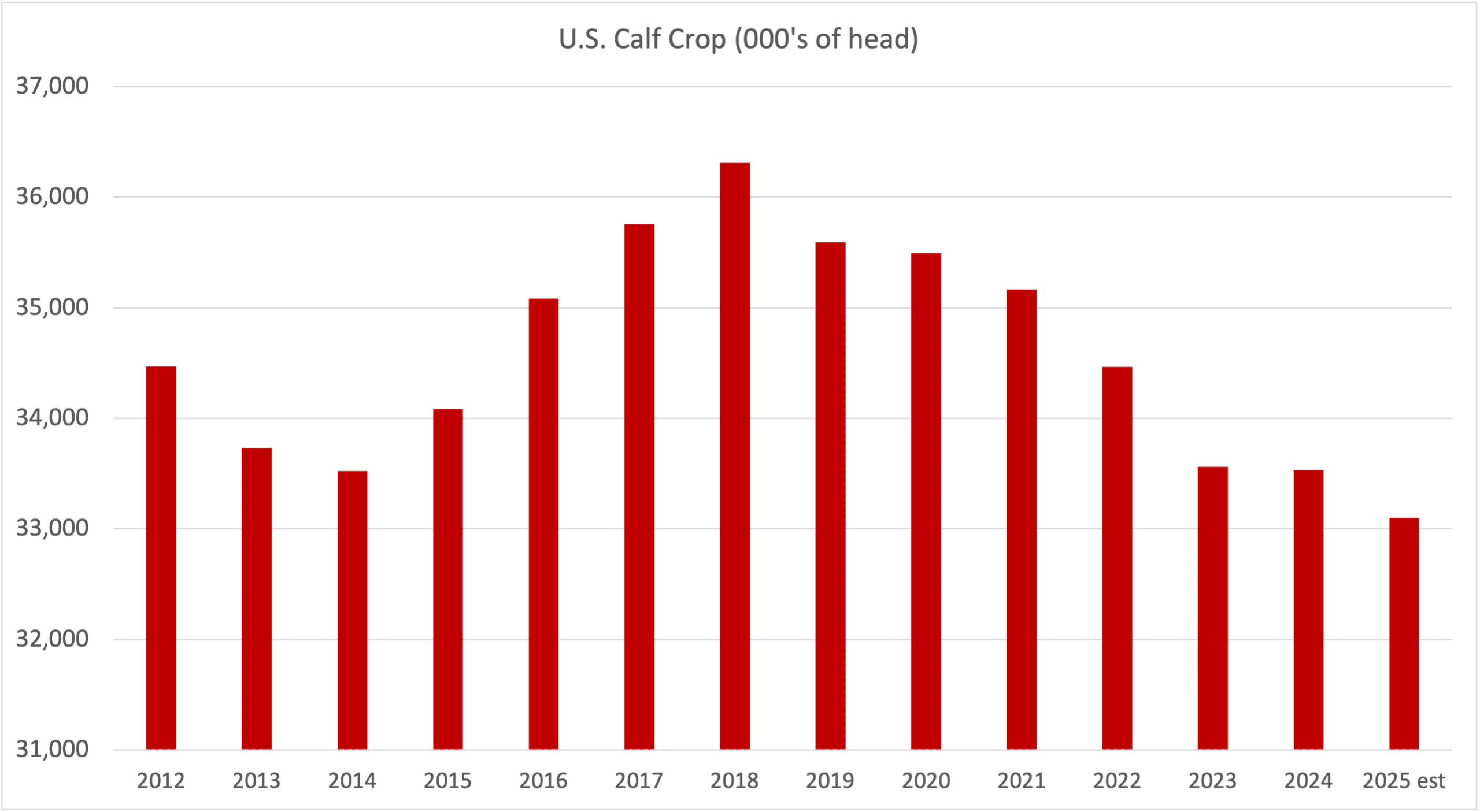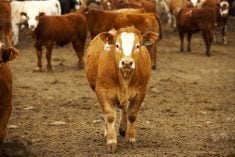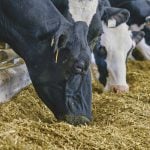Sales of Canadian beef
In August, U.S. imports of Canadian beef moved higher for the second consecutive month. August beef imports totalled 85.4 million pounds (38,755 tonnes) carcass weight, four per cent higher than August 2022 and three per cent higher than the five-year average for August. August is typically the peak month for Canadian beef imports, then trend downward from September to the end of the year. This year, reduced U.S. beef production may support larger volumes throughout the fall.
Looking ahead, consumers have mixed opinions on the state of the economy for 2024, with a slight negative lean. A poll conducted in September by the Federal Reserve Bank of New York found that consumers expect inflation to remain high, averaging 3.7 per cent in 2024, with 2026 inflation (three years out) to be three per cent. Consumer expectations for both timeframes are pessimistic compared to the same survey conducted in August. By 2028, consumers expect inflation to be 2.8 per cent.

Retail sector conditions
Read Also

Factors influencing cattle feeder market during the fall of 2025
Market analyst Jerry Klassen weighs in on live cattle markets
Stimulus money to help ride out the worst of the pandemic lockdown measures has in all probability been used up by the majority of those who received it. This has translated into a significant reduction in the amount of discretionary income. Retail establishments that relied on premium quality products to increase demand have found that consumers are leaving the food/drink category entirely, rather than switching down to lower-priced products. Premium priced seafood and alcohol brands appear to be the first victims. Whether or not beef is next on the consumer chopping block depends on the consumers’ attitude toward the term “premium beef.” Year-over-year food at home prices saw a 2.4 per cent increase in September.
The all-fresh beef retail value in September was steady with August at US$7.82/lb (US$17.24/kg). This is the first time since March that the all-fresh beef retail value has been unchanged. The Kansas State Meat Demand Monitor found that retail meat demand rebounded in September for four of the five products tracked. Retail demand for competing meats (pork chop, bacon, and chicken breast) were up three to five per cent between August and September. Beef demand was mixed, with ground beef up two per cent and ribeye steak down four per cent over the same period.
Retail beef prices (average of all cuts) have moved sideways since July, averaging US$7.34/lb (US$16.17/kg) in September. Competing meats were mixed, retail prices for pork strengthened one per cent from August to September, but chicken softened two per cent.
Food service sector
The restaurant industry reported $91.9 billion in sales in September on a seasonally adjusted basis, up 0.9 per cent from August. This is the seventh consecutive month of growth. Third quarter consumer spending at restaurants was up a considerable 9.7 per cent compared to the third quarter of 2022. Restaurants remain the beneficiaries of strong employment rates and continued pent-up demand. Menu price increases have slowed somewhat; sales gains are a result of increased traffic rather than an increase in menu prices.
The Kansas State Meat Demand Monitor found that all food service meat protein categories declined from August to September; beef demand softened three to nine per cent, pork demand softened nine to 11 per cent, chicken breast softened four per cent.
Import and distribution
Beef import volumes totalled 336 million pounds (152,217 tonnes) in August. The continued decline in domestic production (-5.3 per cent year-to-date) has increased the reliance on imports. Beef imports in August were 24 per cent higher than August 2022 and 13 per cent higher than the five-year average for August.
















